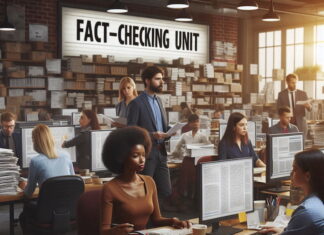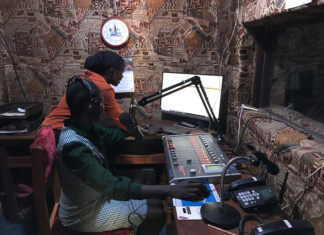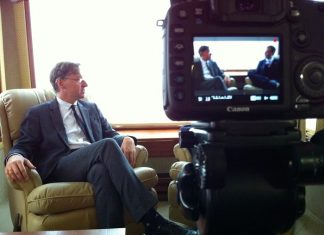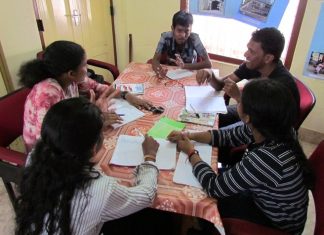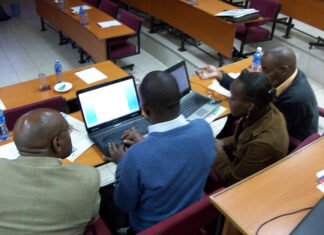Advanced
This section contains training article written for those who have mastered the basic requirements for producing high-quality ethical journalism and who want to know more. It covers how to deal with fake news, how to spot and manage disinformation and misinformation, the use of data journalism, and using AI in news production. See our site map to scroll down the complete list.
Dealing with algorithmic bias in news
Journalists need to be trained in how to recognise and deal with algorithm bias in order to counter the speed and scale at which biased content spreads.
Making documentaries for radio
Documentaries are in-depth stories told in a more interesting way. A great documentary engages listeners and puts them at the heart of the storytelling.
Avoiding bias during election coverage
During elections politicians will often accuse media organisations and their journalists of bias. We look at the challenges of producing fair election coverage.
How to motivate journalists
Your daily news meeting should set the tone for everything your news organisation does. It should be dynamic, brimming with original ideas and angles, inclusive and agenda-setting.
How to run an effective news meeting
Here we offer 50 suggestions for helping editors run stimulating news meetings that guarantee a steady stream of original stories.
The essential role of journalism
Journalism isn’t just reporting, it’s witnessing history, challenging power, amplifying unheard voices, and making sense of a chaotic world.
Media safety during elections
Journalists covering elections should never carry a weapon, should have first aid training, dress appropriately, listen to the locals and avoid confrontation.
Creating a strong fact-checking system
It’s the job of the journalist to try to find and present the truth, but fact-checking isn't easy. It requires a methodological approach to verification.
You might also likeRELATEDRecommended to you
Training of Trainers (ToT)
Training of Trainers (ToT) courses are designed to equip individuals with the skills and knowledge needed to train others.
Lesson: AI and investigative journalism
This lesson plan sets out how journalists can use artificial intelligence (AI) in investigative journalism.
Lesson: Impartiality in journalism
This lesson plan is designed to teach students the importance of impartiality in journalism and the avoidance of bias.
